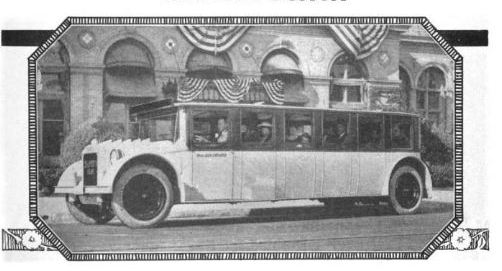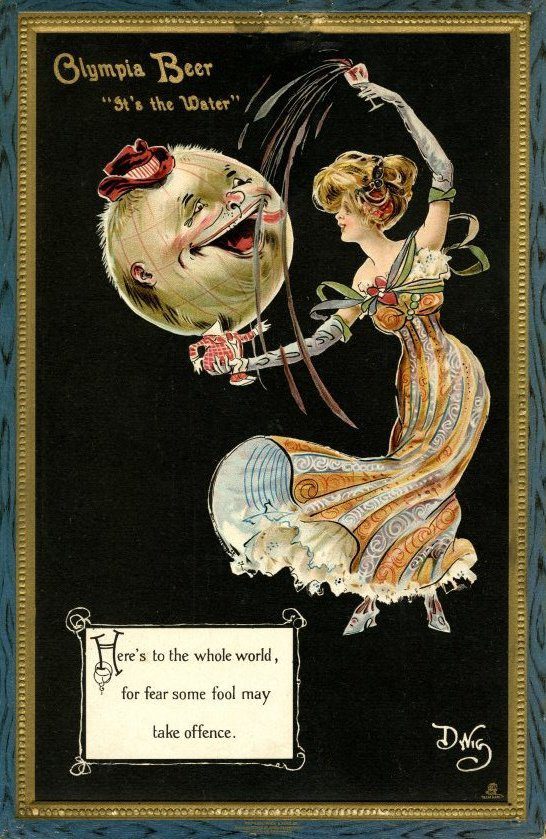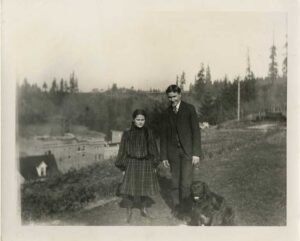
During the 1920s, the Schmidt family ran a local bus line since Prohibition had shuttered their well-known brewery. A persistent rumor holds that their bus line was a precursor to the Greyhound Lines, but is this true? Not at all. The Schmidts were long out of the bus business before Greyhound moved into our area.
Back in 1914, a man named Carl Eric Wickman started a small bus line in Hibbing, Minnesota. His first bus was a seven-seat Hupmobile, which Wickman drove between Hibbing and the nearby town of Alice, ferrying coal miners between their homes and the mines. This was the very small start of what was renamed in 1929 as Greyhound Lines. Wickman slowly enlarged his realm throughout the mid-West.
Meanwhile, in Thurston County, the Schmidt family was busy trying to stay busy since their brewery had been shut down by Prohibition at the end of 1915. Their biggest and most successful venture was in hotel management: taking over struggling hotels in large cities, spiffing them up, making them profitable, and then turning them back to the owners. Of course, the Schmidts had their fingers in other pies, too, including oyster farming, banking, and gasification plants.
Adolf Schmidt, fourth son of brewery founder Leopold, and his oldest brother Peter decided to get into transportation. In the fall of 1922, they formed the Northwest Transportation Company (NWTC) and purchased the Blair Transportation Company, which had been operating auto stages between Olympia and Chehalis. They also bought a franchise for the stage run between Chehalis and Toledo, and a further franchise from Toledo to Kelso.
In November 1922, NWTC bought some new Fageol brand buses. With these fancy vehicles on the routes, NWTC was soon carrying 24,000 passengers a month in and out of Olympia.
Two years later, NWTC purchased another bus line running from Tacoma to Rainier, and applied for an extension of that franchise from Rainier to Tenino.
Then in 1925, NWTC, the Park Auto Transportation Company, and the Camas Stage Company banded together to create a larger company, the Portland-Seattle Stage Company, which ran buses between those two cities. A year later, the Portland-Seattle company offered through service from Seattle to Portland and on to San Francisco and Los Angeles. But in June 1926, NWTC made its last payment on an annual corporation license fee, which meant the company would be effectively out of business within a year. In fact, the NWTC line from Olympia to Kelso-Longview was purchased by Puget Sound Power and Light in September 1926. And just a few weeks later, the rest of the NWTC lines were taken over by Park Auto Transportation Company. This spelled the end of the Schmidt family’s involvement in bus transportation.
In 1926, Park Auto changed its name to North Coast Transportation Company (a subsidiary of Puget Sound Power and Light). Eighteen months later, Greyhound made its entrée into western Washington, competing with North Coast on the Seattle-Portland route.
And finally, in the fall of 1948, Greyhound purchased the entire North Coast Transportation Company. So we can see that the Schmidt family was out of the bus business over 20 years before Greyhound bought out their successor.






